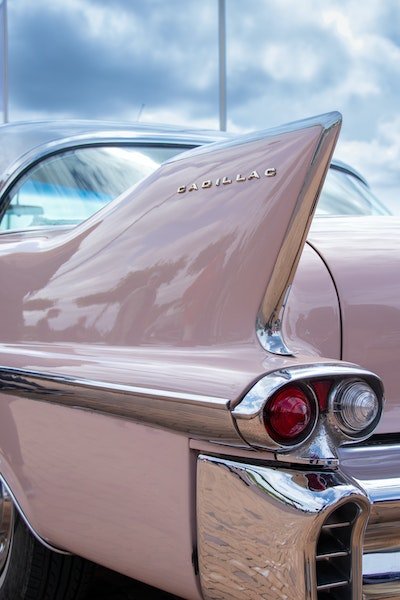The Hip-Shaking Sound Design of Elvis (2022)
2022 never ceases to bring cinematic surprises, especially when it comes to works with excellent sound editing. A film about the King of Rock has just been released, and, again, we think it's a must for every lover of sound editing and mixing for audiovisual projects. The Elvis biopic goes through all the years of the singer's short life from his beginnings in music, through success and final days.
Elvis is a film that conforms to the conventions of the biopic genre but contains a number of factors that make it a uniquely memorable experience. One of the most interesting aspects has to do with a script twist: the film, instead of being centered on the figure of Elvis Presley, is centered on the obscure manager Tom Parker, played by the great Tom Hanks, and that is only one of the striking aspects of the work. Director Baz Luhrmann has achieved the difficult goal of making the viewer understand why the late singer is a preponderant figure in the history of music, and he has done it with - perhaps - one of the best films of this year.
So, here we'll talk about the wonderful retro sound, as well as the editing challenges faced by the filmmakers.
The first mind-blowing detail is that, in order to maintain as much historical accuracy as possible, Warner Bros turned to audio manufacturer Shure for advice on the microphone models he used in his performances throughout his career. This allowed the audio in Elvis' singing scenes to sound impeccable, yet with the characteristic style of the 1960s. Shure identified the microphones he used and suggested alternative models when necessary, helping the film production companies, as on other occasions, to identify and find those that fit the era.
Although a wide variety of microphones from this company are used in the film, a model that Elvis used quite frequently was implemented here: the Unidyne I 556, produced in 1947. It is a unidirectional moving coil dynamic microphone of the supercardioid type that provides high-quality sound reproduction and a wide range. The fact that it is unidirectional provided reliable operation in the adverse acoustic conditions of the film, which was a perfect choice taking into account that they didn’t want to use a conventional model. Thanks to its unidirectionality, the response at the rear of the mic is reduced by approximately fifteen decibels. In addition, the voice coil unit was equipped with a double windshield to ensure quiet operation outdoors. To avoid picking up mechanical vibrations, the unit was suspended by a spring inside the microphone housing, which in turn floated on rubber inside the stand.
The other microphone used was an Electrovoice RE15, which is not only ideal at capturing the voices of the audience: it was used during several indoor scenes. Thanks to an Altec 195A condenser, the sound that was recorded was so clean, but so enveloped in retro magic, that during the post-production phase it reached a level of authenticity that Elvis fans have labeled as simply ‘magical.’ At that stage, according to this interview, Izotope's RX 09 was used to record all dialogues. This was key since DPA 6060 subminiature lava microphones were used, which, despite capturing the sound in a unique way, are super sensitive to clothing friction. So, RX 09 allowed them to filter out all unnecessary noise while preserving the atmosphere they wanted to convey.
If, considering all of the above, we add the naturalness of the voice of the main actor, Austin Butler, then we have an explosive mix. The other relevant detail is that during the musical moments where Elvis shines the most, Butler not only speaks and moves like the King himself but also sings like him. It's his real voice flowing out his throat, and, only in brief moments, was mixed with that of the real Elvis Presley. The lack of artificiality definitely favored excellent sound editing - almost studio-like.
This is explained by Luhrmann as a need to do justice to one of his childhood idols and the tremendous pressure he had on his shoulders. The director mentions that the main challenge regarding the sound has to do with the quality of the recordings that reach us today (made with technical standards far inferior to those we have now.) To this extent, it was necessary to find an actor who not only had a certain physical resemblance to Elvis Presley but who could move like the King and sing naturally like him. In the film, it is impossible to dissociate all the elements because they all fit into a single gear.
Actually, there is much more to say about the sound of this movie. It's an interesting piece of work from several points of view (the script, the actors, the soundtrack, the art direction, photography, etc.), in particular, the sound; and not just for connoisseurs.
If you are interested in achieving something like this in your audiovisual projects, don't hesitate to contact the experts at Enhanced Media Sound Studio, who can help you create your masterpiece today.
*The images used on this post are taken from Pexels.com



